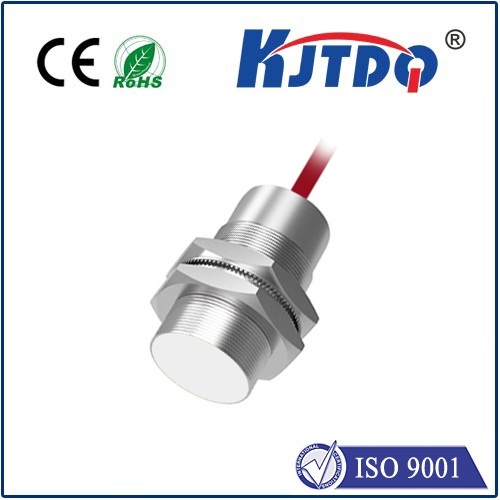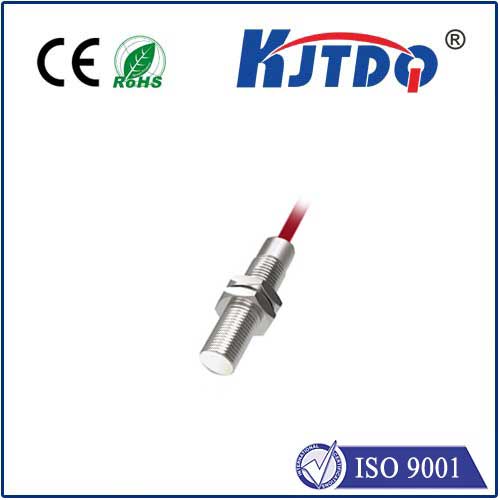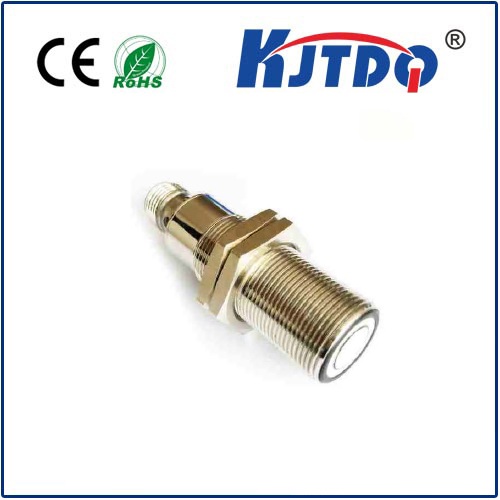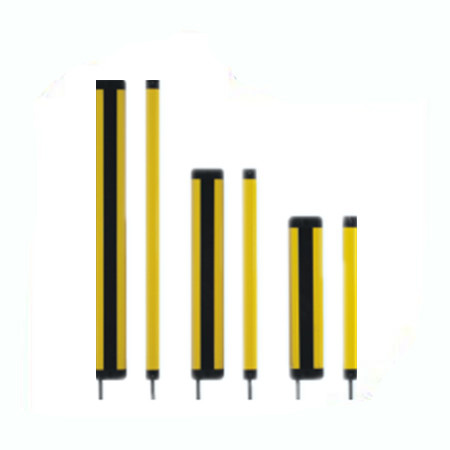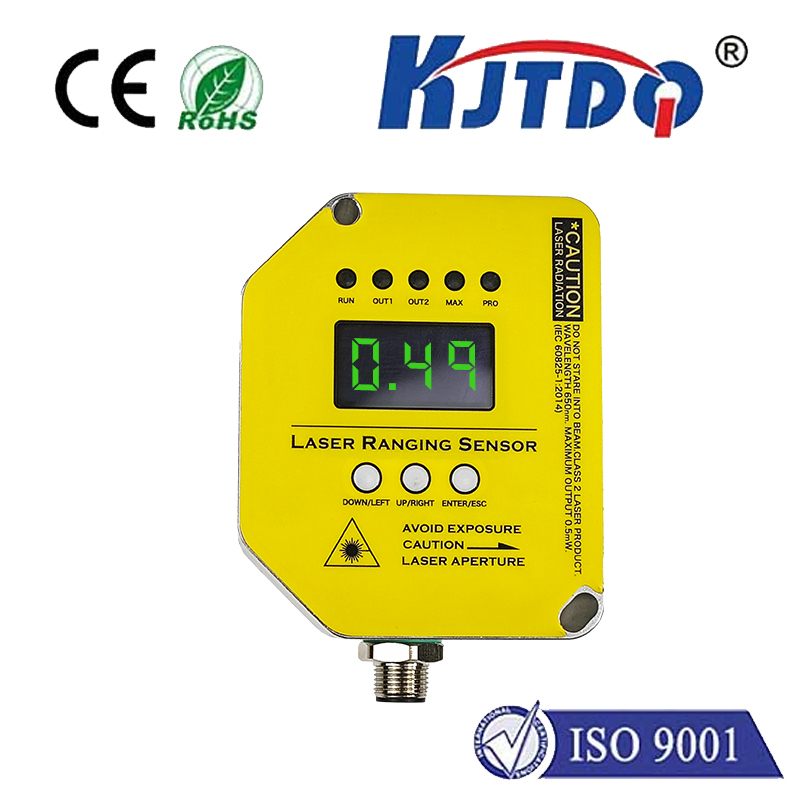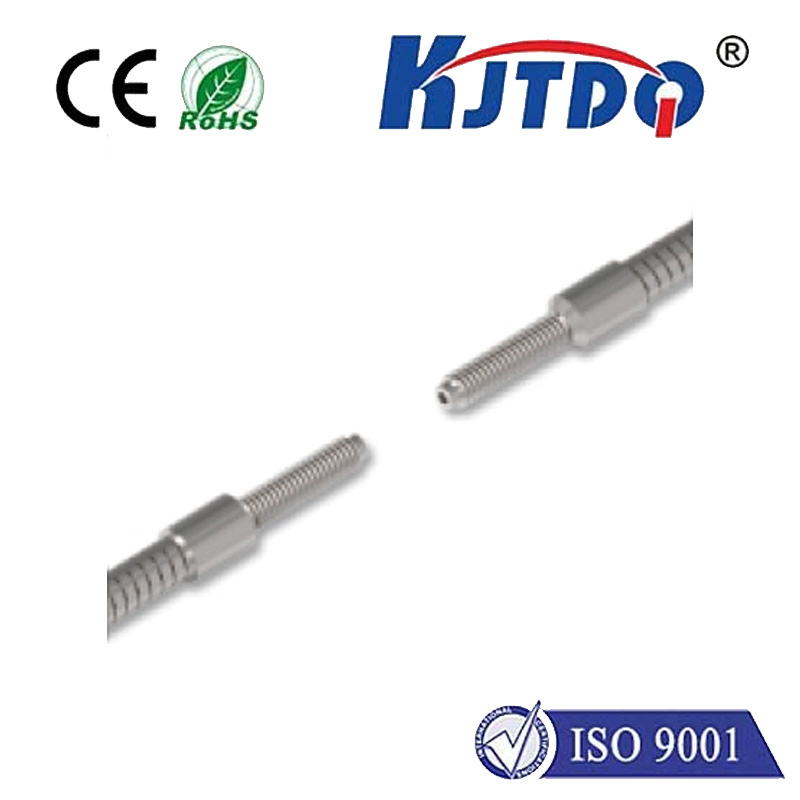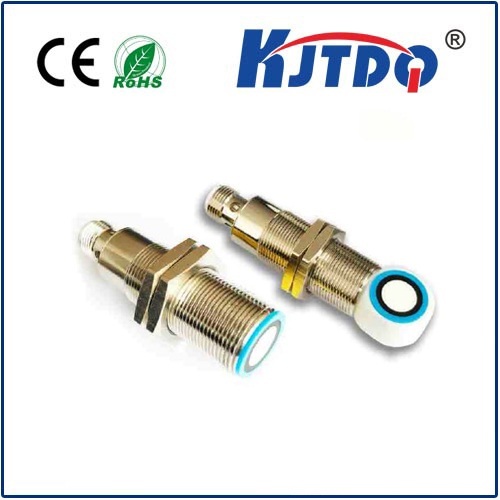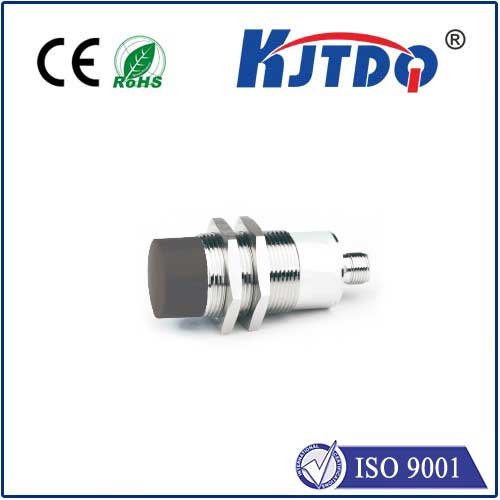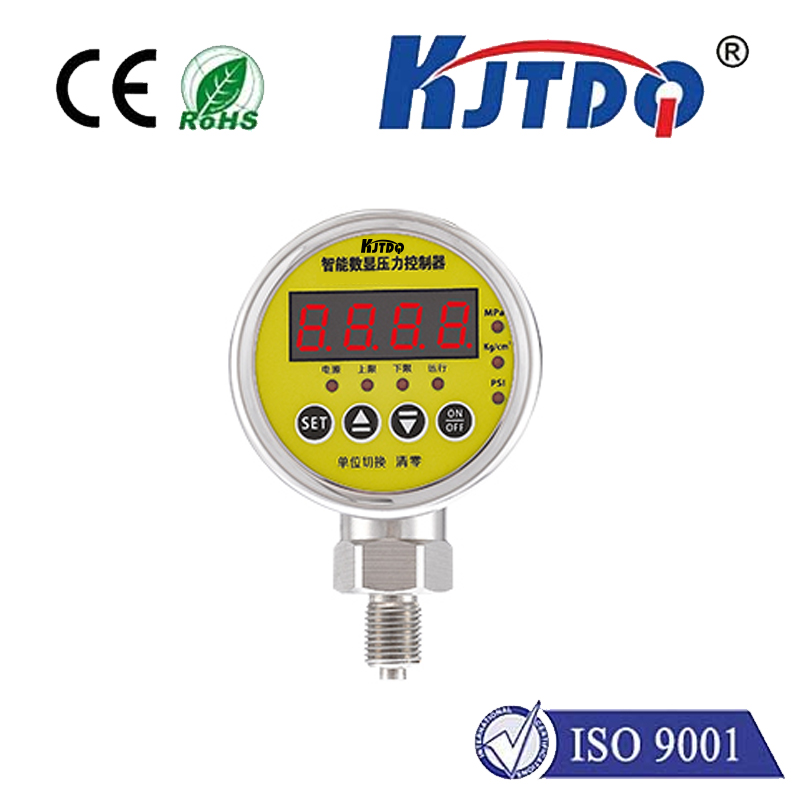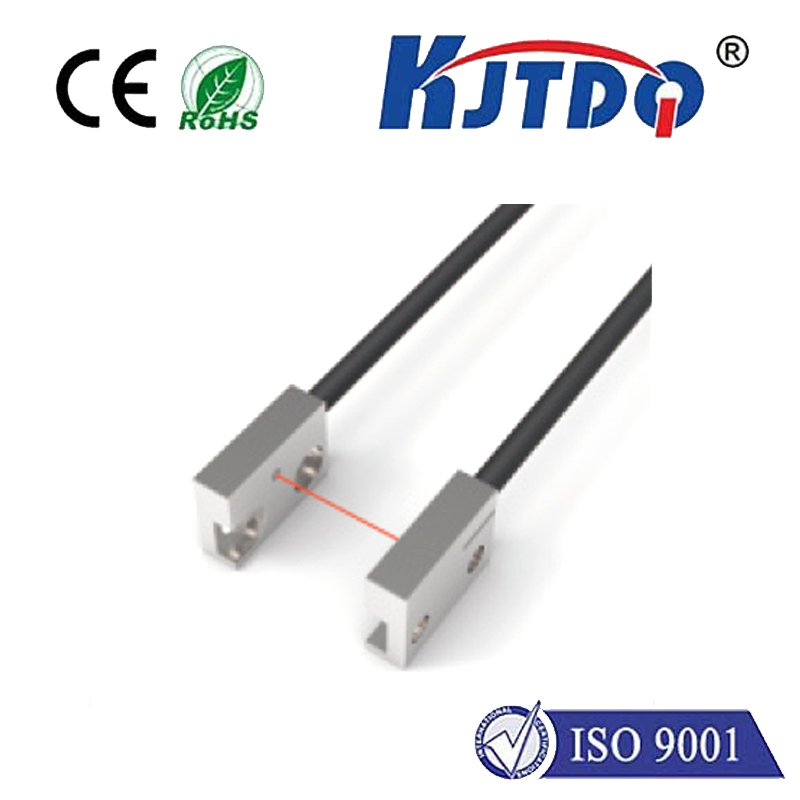probe proximity
- time:2025-06-20 03:10:03
- Click:0
The Critical Science of Probe Proximity in Precision Measurement
Imagine a massive electro-magnet lifting tons of steel in a scrap yard. The operator, relying on a proximity probe system, must know the exact distance to the load beneath. A miscalculation of mere millimeters could mean disaster – a dropped load or catastrophic collision. This high-stakes scenario crystallizes the immense importance of probe proximity: the precise spatial relationship between a sensor and its target. Far from a simple technicality, understanding and mastering this distance is the bedrock of accurate measurement across countless industries, from manufacturing giants to cutting-edge laboratories.
Probe Proximity Defined: More Than Just Distance
At its core, probe proximity refers to the specific, controlled gap or distance maintained between a sensing probe (the measurement instrument) and the object or surface being measured (the target). This isn’t a passive state; it’s an actively managed critical parameter. The required proximity is dictated by the:
- Measurement Principle: Fundamentally different technologies demand vastly different gaps.
- Contact Probes (e.g., Coordinate Measuring Machine - CMM - touch probes) require physical contact. Proximity zeroes out at the moment of touch.
- Non-Contact Probes (e.g., inductive, capacitive, optical, laser) rely on precisely defined gaps to function correctly. Too close, and you risk collision or signal saturation; too far, and the signal weakens or vanishes.
- Sensor Technology: Even within non-contact categories, specifications vary dramatically.
- An inductive proximity sensor might have an effective range of a few millimeters.
- An eddy current probe for vibration monitoring might require a specific air gap (e.g., 0.5mm to 2mm) calibrated for optimal sensitivity.
- A laser triangulation sensor could operate effectively from centimeters away, while a confocal chromatic sensor might excel at microscopic standoffs.
Why Correct Probe Proximity is Non-Negotiable

Getting the probe proximity right isn’t optional; it’s mission-critical for several reasons:
- Measurement Accuracy: This is paramount. Deviations from the ideal gap directly translate to measurement errors. Non-contact sensors are calibrated for specific distances. Variations due to drift, thermal expansion, or improper setup inject inaccuracies. For contact probes, consistent approach speed and force are vital to prevent deflection or damage.
- Sensor Integrity & Longevity: Incorrect proximity is a leading cause of sensor failure. Forcing a contact probe into a target too fast or hard causes wear and breakage. Non-contact probes colliding with targets suffer physical damage. Conversely, operating far beyond optimal range forces the sensor to work harder, potentially overheating or providing noisy, unusable data.
- Process Stability: In automated environments like CNC machining, robotic assembly, or semiconductor fabrication, consistent probe proximity ensures reliable part inspection, tool setting, and alignment. Fluctuations lead to rejects, rework, and costly downtime.
- Safety: As the scrap yard magnet example illustrates, proximity sensing is often integral to safety systems. Misjudged distances in collision avoidance or positioning systems can have severe consequences.
Mastering the Gap: Challenges and Strategies
Achieving and maintaining the perfect probe proximity isn’t always straightforward. Several challenges must be addressed:
- The 4D Challenge (Dirt, Drift, Damage, Dynamics):
- Dirt: Contamination (oil, coolant, metal chips) accumulating on the probe tip or target surface alters the effective sensing distance and signal strength, particularly for non-contact probes. Regular cleaning protocols are essential.
- Drift: Thermal expansion of machine components, probe arms, or even the target itself in varying temperatures can subtly change the gap over time. Materials with similar thermal coefficients or active thermal compensation algorithms are crucial for high-precision applications.
- Damage: Wear on contact probe styli or impact damage on non-contact sensor faces directly changes the effective probe position and must be monitored and compensated for.
- Dynamics: Measuring moving targets (rotating shafts, vibrating structures) introduces relative motion. Probes must be positioned to account for peak displacements to prevent collision while staying within the effective measurement range.
- Technology-Specific Nuances:
- Capacitive Sensors: Highly sensitive to the material properties of the target (conductivity, dielectric constant) and environmental factors like humidity, requiring careful setup and calibration for the specific gap and target.
- Inductive/Eddy Current Sensors: Primarily detect conductive metals; the target material composition and edge effects influence the signal and optimal proximity. Calibration often involves setting a specific “gap voltage” at the desired nominal distance.
- Optical/Laser Sensors: Susceptible to surface finish variations (reflectivity, color, texture), ambient light interference, and require clear line-of-sight. Minimum and maximum working distances are strictly defined.
- Calibration is King: Regular, traceable calibration against known standards is the only way to ensure that probe proximity settings translate to true dimensional accuracy. This involves setting the sensor’s “zero” point or characterizing its output over the expected gap range.
Applications Where Probe Proximity Reigns Supreme
The critical nature of probe proximity manifests in diverse fields:
- Manufacturing & Machining: Precision part inspection on CMMs (contact probe calibration), CNC tool setting and tool breakage detection (often inductive/capacitive), automated robotic guidance, assembly verification, thickness gauging. Accurate gap control means consistent quality.
- Automotive: Engine component runout and vibration monitoring (eddy current probes on shafts), paint thickness measurement, brake disc wear sensing, assembly robot positioning. Proximity ensures performance and safety.
- Aerospace: Turbine blade tip clearance monitoring during operation (critical for efficiency and safety), structural health monitoring, composite material inspection. Here, precise proximity operates under extreme conditions.
- Energy: Monitoring vibrations and eccentricity in generators, turbines, and pumps (eddy current systems). Maintaining proper gap prevents catastrophic failure.
- Semiconductor Fabrication: Wafer alignment and leveling for lithography (highly precise optical/capacitive sensors), critical dimension measurement. Nanometer-level proximity accuracy is mandatory.
- Scientific Research: Scanning Probe Microscopy (SPM) like Atomic Force Microscopy (AFM), where maintaining a probe tip within nanometers of the surface is fundamental to imaging atomic structures. The ultimate expression of proximity control.
Best Practices for Optimal Probe Proximity
Ensuring reliable measurements centered on correct probe proximity requires diligence:
- Refer Relentlessly to the Manual: Sensor manufacturers specify exact mounting requirements, recommended gaps (nominal range, min/max distances), environmental limitations, and calibration procedures. Never assume.
- Implement Rigorous Calibration Schedules: Calibrate probes against traceable standards at intervals dictated by usage intensity, environmental stability, and required accuracy. Document everything.
- Prioritize Pristine Conditions: Keep probe tips and target surfaces meticulously clean. Implement guarding or air blasts if necessary to prevent contamination.
- Factor in the Environment: Compensate for thermal effects through material selection, design, or electronics. Protect sensitive optical sensors from ambient light. Consider vibration isolation.
- Secure Mounting is Foundational: Ensure probes are rigidly and stably mounted to prevent movement, deflection, or vibration that alters the gap. Use appropriate brackets and materials.
- Monitor Sensor Health: Utilize built-in diagnostics or implement routines to check for signal degradation, excessive noise, or physical damage indicating proximity issues.
- **Choose the Right Tool






